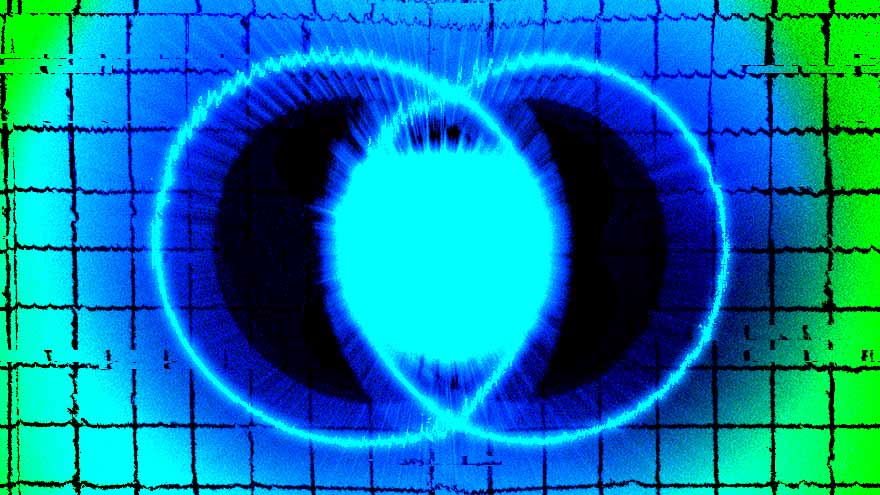Ethereum inventor Vitalik Buterin said that algorithmic stablecoins should be scrutinized according to how they fare under extreme market conditions, and whether they can safely wind down when hype falls away.
Despite the recent collapse of UST and LUNA, which knocked UST from its $1 peg and wiped billions from the market, Buterin argued in an essay on May 25 that automated stablecoins can make sense while criticizing the exorbitant returns offered by those “doomed to collapse eventually.”
UST’s meltdown, which took place earlier this month after traders lost confidence in LUNA, the volatile coin that propped UST up instead of the cash reserves that back centralized stablecoins, prompted speculation that algorithmic stablecoins are fundamentally flawed.
But some algo-stables are robust, Buterin said. Buterin pointed to MakerDAO’s stable token DAI, which has already survived extreme market conditions.
DAI is an overcollateralized stablecoin, meaning that each DAI in circulation was minted against a greater value of collateral in ETH, USDC, WBTC, and seven other cryptocurrencies. DAI could lose parity with the dollar if all those coins crashed, which is why it asks for extra collateral.
Still, DAI minters can get wiped out in a sudden market crash. That’s exactly what happened during the “Black Thursday” crash of March 2020, when most leading crypto assets shed half 50% of their value in less than two days.
Facing a crisis of under-collateralization, the Maker…













